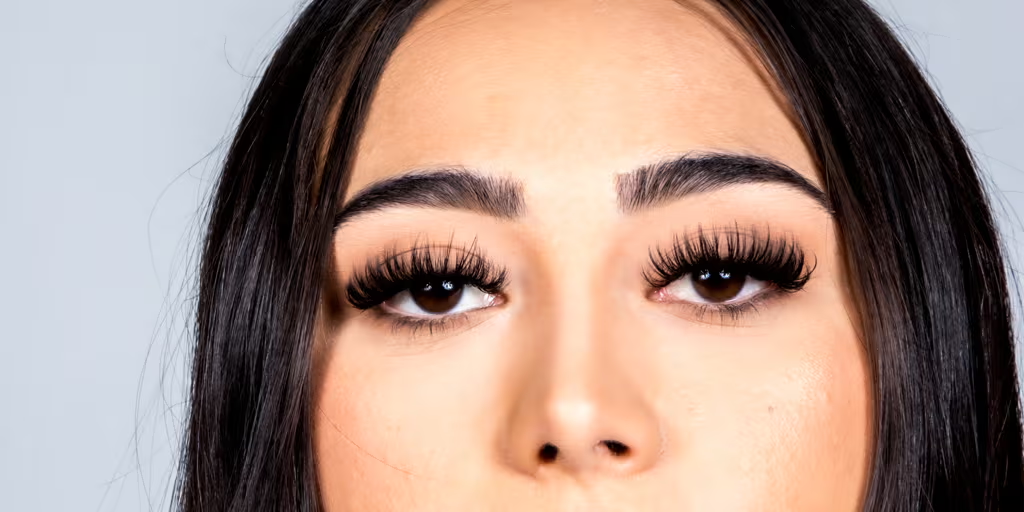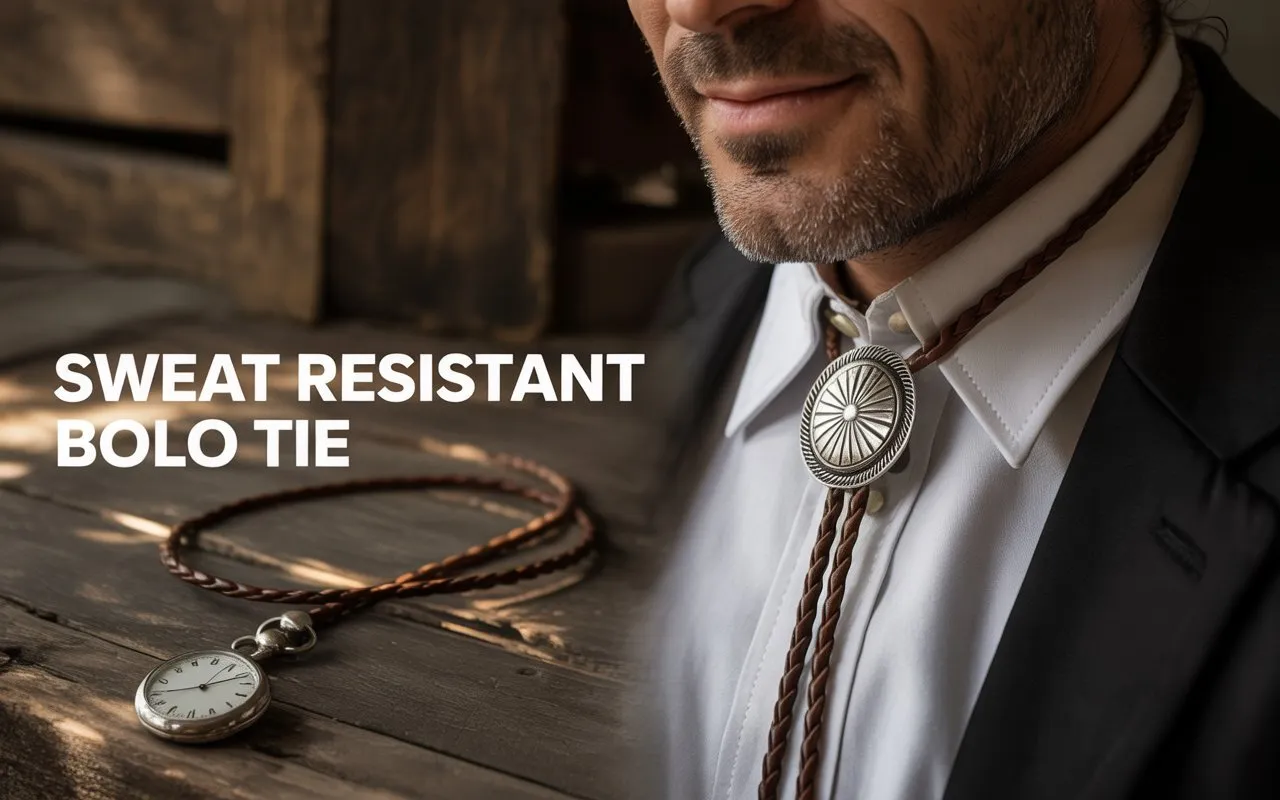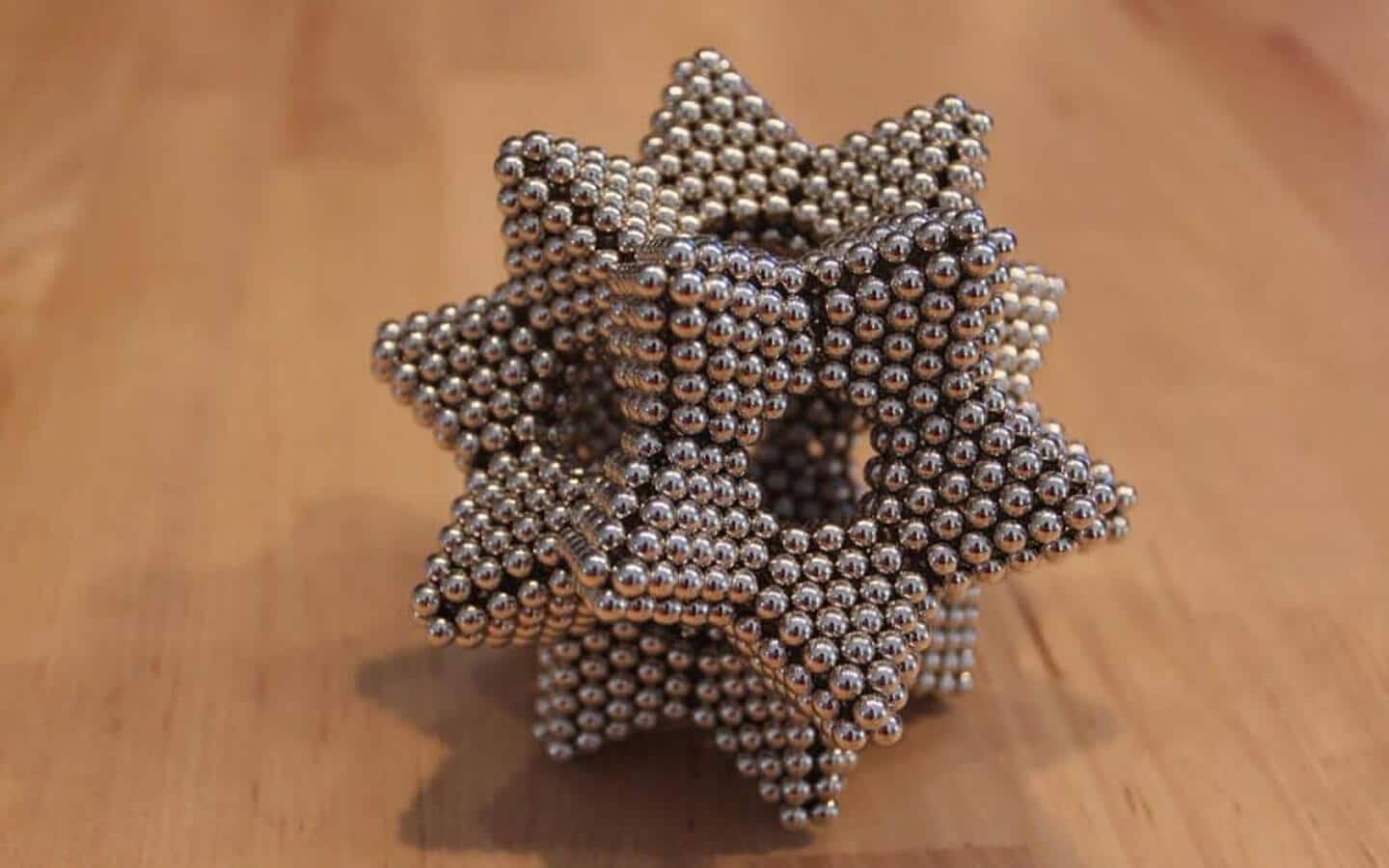Sewing is an art of precision, patience, and creativity. Whether you’re crafting a dress, quilt, or bag, one tool that often gets overlooked—but makes a huge difference—is bias tape. This simple strip of fabric can turn messy edges into smooth, professional finishes and add beautiful decorative touches to your projects.
This guide unpacks everything you need to know about from what it is to how to use and make it like a pro.
What Is Bias Tape?
Bias tape is a long strip of fabric cut on the , meaning at a 45-degree angle to the fabric’s grain. This angled cut gives it elasticity and flexibility, allowing it to curve smoothly around edges and corners without wrinkling or bunching.
You’ll commonly find it used to bind edges, finish seams, and decorate hems. It’s especially handy in curved areas, such as necklines, armholes, or quilt borders.
Types of Bias Tape
| Type | Description | Common Use |
| Single-Fold | Folded once along its length | Great for seams, facings, and trim |
| Double-Fold | Folded twice, creating four layers | Ideal for binding raw edges |
| Pre-Made | Sold in stores, ready to use | Quick projects and beginners |
| Homemade | Custom cut and ironed | Perfect color matching and design control |
Bias tape comes in cotton, polyester, satin, and even silk—each material offering a different finish and flexibility.
Why Bias Tape Matters in Sewing
Bias tape may seem minor, but it’s a game-changer. It adds durability and a polished edge to fabrics that would otherwise fray or look unfinished. More importantly, it gives your projects a custom-made look.
Here’s what makes it indispensable:
- Flexibility: The diagonal grain allows it to contour around curves.
- Strength: It reinforces weak edges.
- Aesthetic Appeal: You can create color contrasts or blends that elevate your design.
- Clean Finish: Covers raw edges for a professional appearance.
Example:
Imagine sewing a curved neckline without bias tape. The fabric might stretch or fray, and even after zigzag stitching, it won’t look neat. With bias tape, that same curve looks crisp, clean, and beautifully framed.
How to Make Bias Tape at Home
Making your own bias tape gives you creative freedom—choose patterns, colors, and widths to match your project perfectly. Here’s a simple step-by-step guide.
Step 1: Cut the Fabric
- Lay your fabric flat on a cutting mat.
- Use a ruler to mark 45-degree lines across the fabric grain.
- Cut strips along those lines at your desired width (usually 1½ to 2 inches).
Step 2: Join the Strips
Align the ends at right angles, right sides facing each other. Sew diagonally from corner to corner. Cut away the surplus material and flat press the seam apart.
Step 3: Fold and Press
Feed the strip through a bias tape maker or fold it manually:
- For single-fold, fold both edges to meet in the center.
- For double-fold, fold it again in half along the center crease.
Press firmly with a hot iron for sharp, even folds.
How to Sew with Bias Tape
Sewing bias tape can seem intimidating, but once you learn the technique, it’s easy and satisfying. Let’s look at two main ways to apply it.
1. Enclosing Raw Edges
- Open one fold of the tape and align it to the fabric’s edge (right sides together).
- Stitch along the crease.
- Fold the tape over the edge, enclosing the raw edge completely.
- Stitch again close to the inner edge for a neat finish.
2. Topstitching for Decoration
If you want visible as trim, simply place it on top of the fabric edge and stitch both sides. This method adds a decorative border while reinforcing the seam.
Pro Tip: Always pre-shape with an iron when sewing around tight curves. The heat helps it mold to the fabric’s shape, preventing wrinkles.
Bias Tape vs. Binding: What’s the Difference?
While the two are similar, they’re not identical.
| Feature | Bias Tape | Binding |
| Cut Direction | 45° bias cut | Usually straight grain |
| Flexibility | Highly flexible | Less stretch |
| Uses | Curves, armholes, necklines | Straight edges, quilts |
| Finish | Smooth and stretchable | Firm and structured |
In short, bias tape is best for curves and soft edges, while binding suits straight lines and structured projects.
Creative Uses for Bias Tape
isn’t just for finishing seams—it’s also a powerful design element. Here are some imaginative ways to use it:
- Add contrast: Use bright tape on neutral fabrics.
- Create patterns: Apply it in stripes or geometric shapes on garments.
- Edge quilts: Use wide tape for durable and aesthetic quilt borders.
- Craft accessories: Perfect for apron ties, bag handles, or cushion piping.
- Make repairs: Hide small tears or worn seams elegantly.
Example:
A denim tote bag with red double-fold around the edges looks sharp, structured, and designer-quality—all from a simple addition.
Common Mistakes and How to Avoid Them
Even experienced sewists can trip up when working with bias tape. Here are some pitfalls and how to dodge them:
| Mistake | Why It Happens | How to Fix It |
| Puckering on curves | Tape not pre-shaped | Steam and shape before sewing |
| Uneven stitches | Inconsistent feeding | Use a walking foot for stability |
| Gaps or folds | Tape stretched too much | Ease it gently around corners |
| Visible raw edges | Incorrect fold | Ensure full enclosure before topstitching |
Bias Tape Widths and Fabric Compatibility
Choosing the right width and fabric type affects the final look and performance of your tape. Here’s a quick reference:
| Project Type | Recommended Width | Ideal Fabric |
| Lightweight garments | ¼” – ½” | Cotton lawn, silk |
| Quilts | ½” – 1″ | Cotton, linen |
| Upholstery | ¾” – 1½” | Denim, canvas |
| Curved seams | Narrow (¼”) | Soft cotton or satin |
Tip: For fabrics like silk or rayon that fray easily, use a lightweight fusible interfacing before cutting the strips. This keeps edges smooth and prevents distortion.
Choosing the Right Bias Tape for Your Project
When selecting bias tape, consider these factors:
- Fabric type: Match the tape’s fiber content to your main fabric.
- Color: Contrast for style, blend for subtlety.
- Width: Narrow for fine details, wider for structural edges.
- Finish: Glossy tape works well on formal wear, while matte cotton suits casual or quilted items.
Example:
A floral cotton dress with white cotton looks clean and vintage. On the other hand, a satin gown with matching silk tape feels luxurious and seamless.
Advanced Techniques with Bias Tape
Once you’ve mastered the basics, experiment with creative sewing applications:
- Bias binding with mitered corners: Achieve sharp, elegant angles on quilts or placemats.
- Reversible binding: Combine two fabrics for dual-sided appeal.
- Bias appliqué: Use to outline shapes or letters.
- Decorative stitching: Add flair with contrasting threads or embroidery over the tape.
These small touches elevate your craftsmanship, making your pieces truly stand out.
Case Study: Bias Tape in Professional Garment Making
Designer Example:
In high-end fashion, often replaces bulky facings. A Japanese brand once showcased a silk kimono with hand-sewn bias finishes, eliminating visible seams. The result? Fluidity, durability, and invisible stitching—a mark of true craftsmanship.
Lesson:
Bias tape isn’t just a sewing shortcut; it’s an artistic tool that defines quality.
Quick Reference: Bias Tape Do’s and Don’ts
| Do | Don’t |
| Match fabric type and tape fiber | Use stiff tape on curved seams |
| Pre-press before sewing | Skip pressing between steps |
| Sew slowly on curves | Rush around corners |
| Test on scraps first | Assume all tapes behave the same |
| Use color contrast for design | Limit yourself to plain finishes |
Final Thoughts on Mastering Bias Tape
Bias tape may be a humble notion in sewing, yet it embodies precision, creativity, and craftsmanship. Learning to make and apply it properly elevates every project—from simple garments to intricate quilts.
It’s a small detail with big impact. Once you master bias tape, you’ll find yourself using it not just to finish edges, but to design, decorate, and define your sewing style.
So next time you reach for your fabric scissors, remember—sometimes the most elegant solutions come from a single folded strip of fabric.
“Good sewing is in the details—and is one detail that separates handmade from homemade.”








Leave a Reply